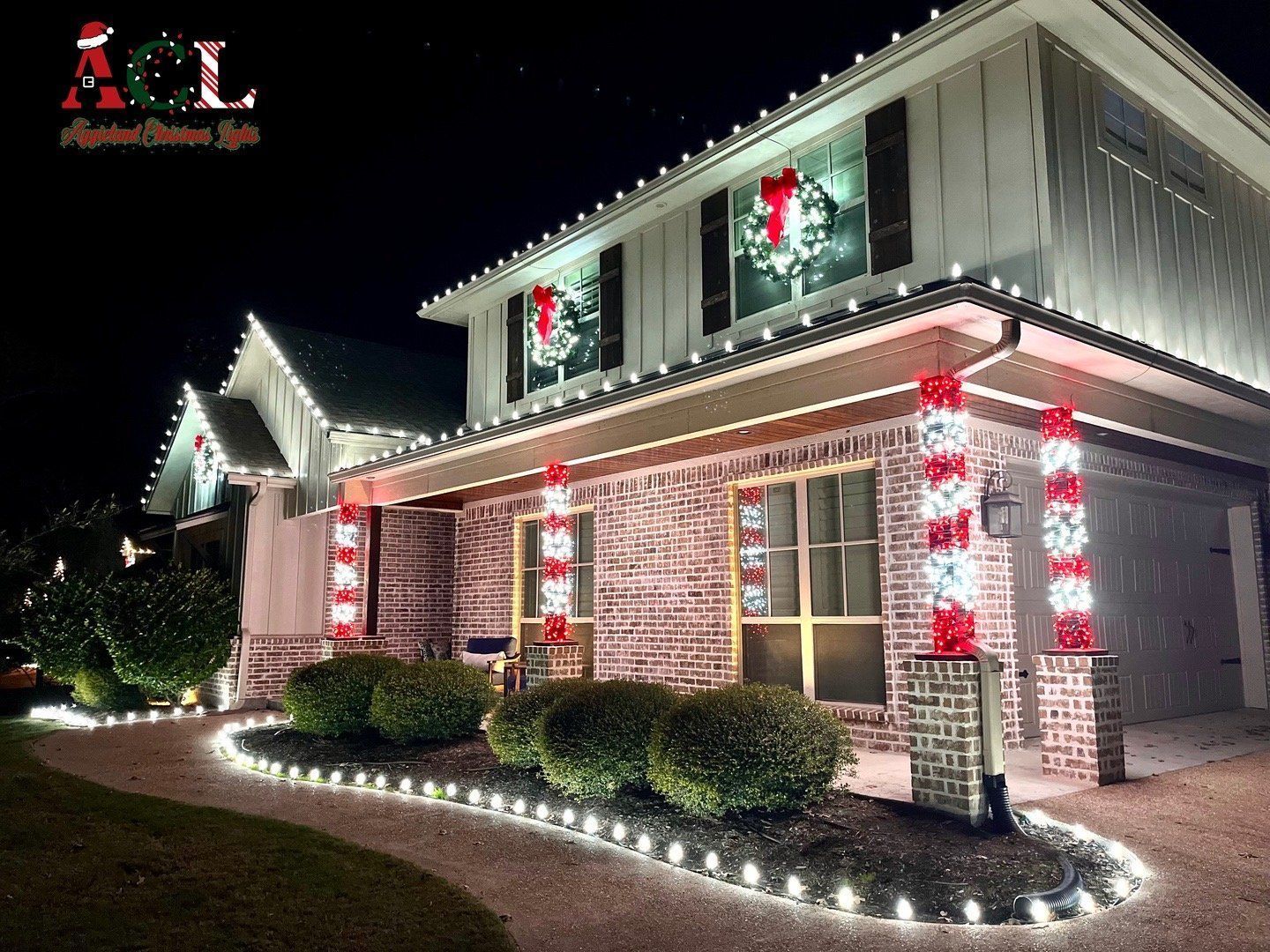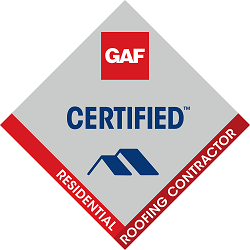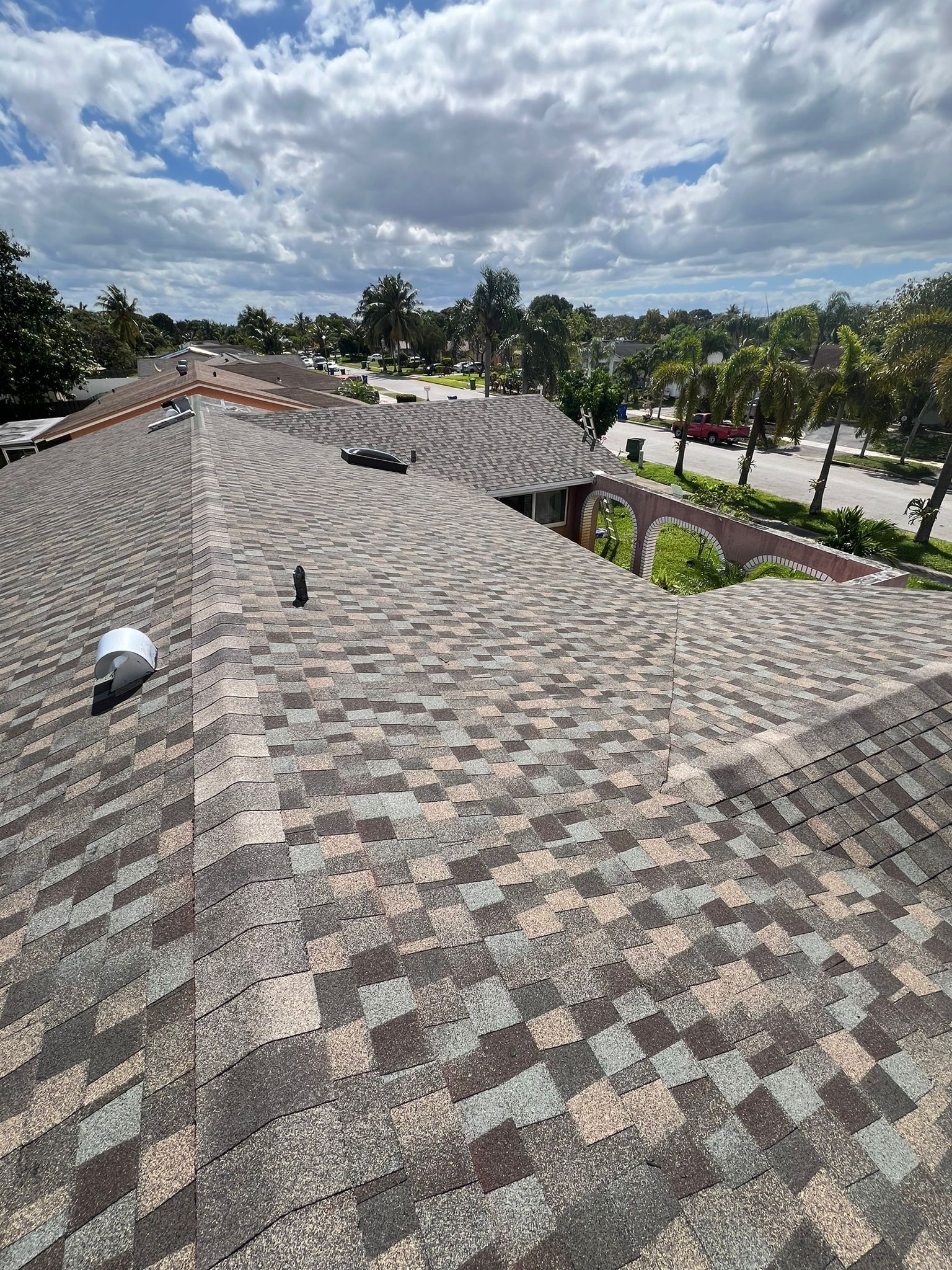Call Us Today!
Call Us Today!
Have You Ever Experienced A Roof Leak? What Did You Do To Solve The Problem?

Have You Ever Experienced A Roof Leak? What Did You Do To Solve The Problem?
First of all, it's important to identify the source of the leak. This can be tricky because the actual spot where water enters your home may not be directly below the roof leak. Water can travel along roof panels or rafters before it reaches your ceiling. You can start by inspecting your roof from the outside. Look for any damaged or missing shingles, cracked flashing, or any other openings that could let water in. If you're not comfortable with climbing on a ladder or walking on your roof, it's best to hire a professional roofer to do the inspection.
Once you have identified the source of the leak, it's time to fix the problem. The solution will depend on the extent of the damage. If it's a minor leak caused by a damaged or missing shingle, you can replace the shingle yourself. Start by removing the damaged shingle and any nails or adhesive left behind. Then, install a new shingle in its place and secure it with new nails or adhesive.
If the leak is more serious, such as a large hole in the roof or damage to the flashing, it's best to call a professional roofer. They have the expertise and equipment to repair or replace the damaged area of the roof.
In the meantime, you can take some steps to minimize the damage caused by the leak. Place a bucket or container under the leak to collect the water. If the water is coming through the ceiling, poke a small hole in the center of the bulge to release the water. This will prevent the ceiling from collapsing under the weight of the water.
You can also use a tarpaulin or plastic sheeting to cover the damaged area of the roof. This will prevent further water from entering your home until the roof can be repaired.
Preventing roof leaks in the first place is always the best strategy. Regular roof maintenance can help identify potential problems before they turn into leaks. Here are some tips to keep your roof in good condition:
1. Clean your gutters regularly to prevent water from backing up and damaging your roof.
2. Trim any overhanging branches that could fall on your roof during a storm.
3. Inspect your roof regularly, especially after a storm or high winds.
4. Repair any damage as soon as possible to prevent it from turning into a bigger problem.
5. Replace your roof when it's reaching the end of its lifespan. Most roofs last between 15 and 25 years, depending on the type of material used.
In summary, dealing with a roof leak can be a stressful and potentially dangerous situation. It's important to identify the source of the leak and take steps to fix the problem as soon as possible. If you're not comfortable with doing the repairs yourself, it's best to hire a professional roofer. Regular roof maintenance can help prevent leaks from happening in the first place, so make sure to inspect your roof regularly and address any issues promptly.
About Us
We are a full-service roofing company. We are licensed and insured as a roofing contractor and roofing company and are passionate about the work we do! We’re not just there to get the job done – we take pride in what we do.
Are You On A Tight Budget And Need Financing For Work On Your Home?






BUSINESS HOURS
Monday - Friday: 7:30 AM- 6:00 PM
Saturday: 10:00 AM- 5:00 PM
Sunday: Closed






